Ilford FP4 (now FP4+) is known for being versatile, with usable results even when underexposed two stops or overexposed by up to six stops. It also develops very easily even if you mess up the temperatures of chemical concentrations which is why it is a very popular film for teaching students. But, it has a certain classic look, something vintage, retro, and I think that is why it will always be a favourite film for years to come.
Straight off the bat, I’ll say this film is great for scanning. It scans well, at high resolution, and you can print any size you want from this and get pleasing results. It responds best, like any film or sensor, to a perfect setup in a studio, but what makes it special is the latitude it offers for taking it on a walk around the street and using it for street photography.
I don’t think a camera blog site could be complete without a review of Ilford FP4 somehow.
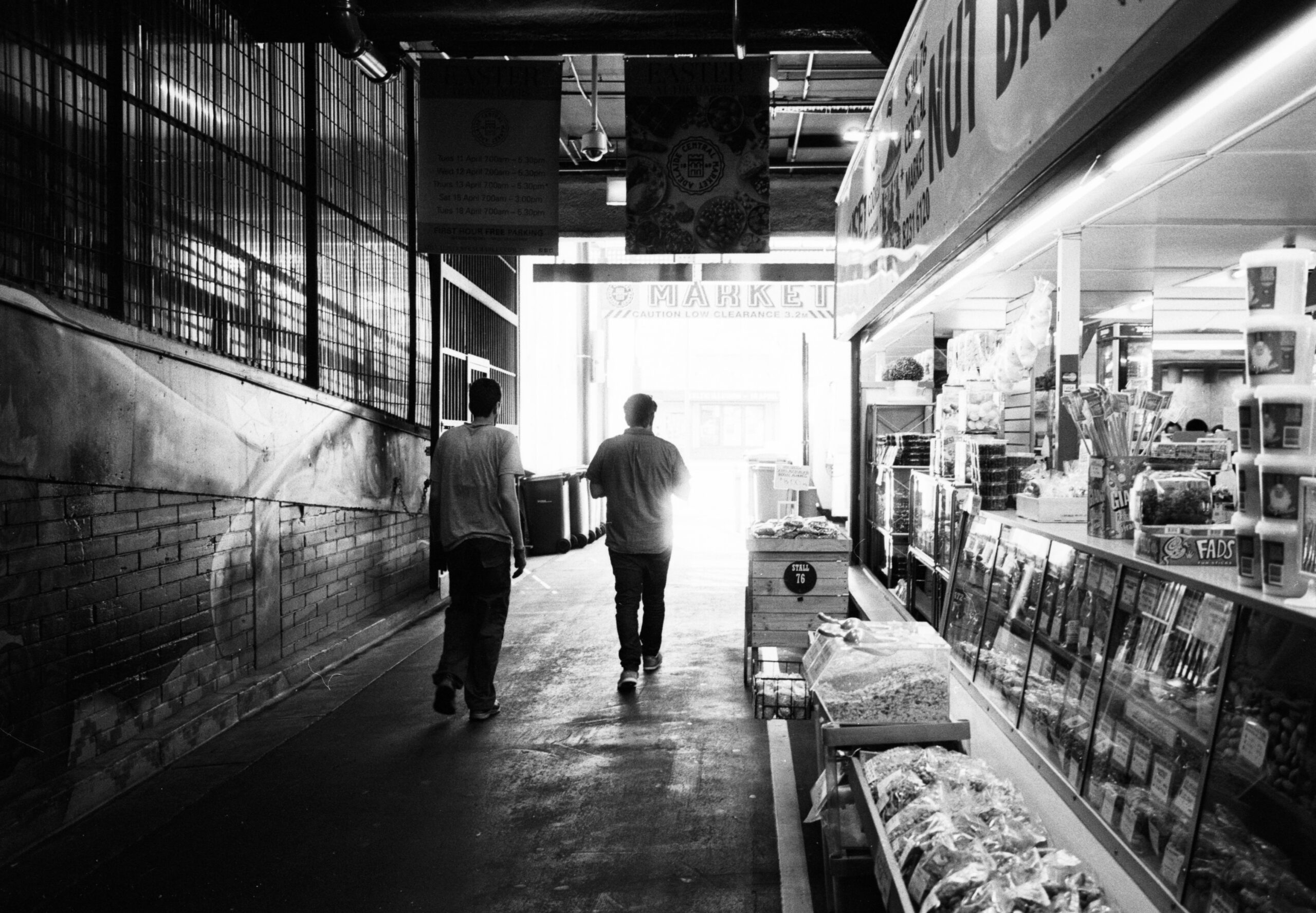

I enjoy the rendering of the deep blacks with Ilford, and the bright, brilliant whites, that still retain detail. It enhances the light of the scene. It is a classic for reportage photography and many black and white images taken over the years (particularly in Commonwealth nations) for newspapers originated from this film.
This film is also a traditional BW film, so must be developed in a darkroom or at a specialist lab. You cannot use C41 for this.
Technically, it is a cubic grain film, which has a more organic look that the tabular grain found in Kodak TMax for example which has a very much ‘video’ like look to it.
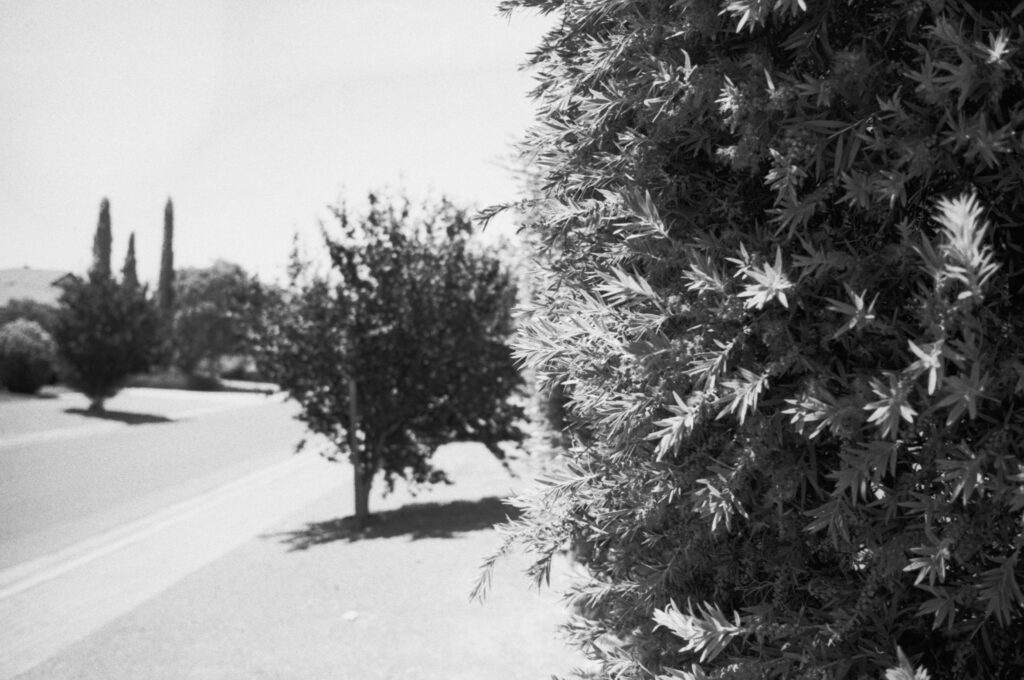
35mm, ISO 125, all-purpose black & white film with fine grain, medium contrast and outstanding sharpness. Ideal for most shooting scenarios in good light conditions.
- Medium speed ISO 125
- Fine grain, high sharpness
- Robust exposure tolerance
- 35mm, 120 Roll & Sheet Film available
The grain structure is beautifully organic. And it responds to how you develop it. Normally, 12 minuets developing, agitated every 2 minuets, at 21°C is the norm. However as a rule of thumb, I have found that when developing Ilford FP4:
- Fat grain and high contrast comes from upping your temperature and keep a low chemical dilution.
- Fine grain with high contrast comes from keeping the temperature down, increase chemical dilution and use moderate agitation.
- Fine grain, great shadow detail with medium contrast, which is the most versatile for scanning negatives comes from low temperatures, high dilution and moderate agitation.
I normally keep some rolls with me, because of the fine grain and wide, forgiving exposure latitude.
It is suited to artistic work, it is not an education film, it is just a flexible film.
Try this film, and enjoy it!













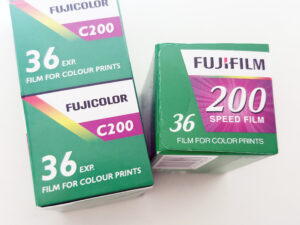






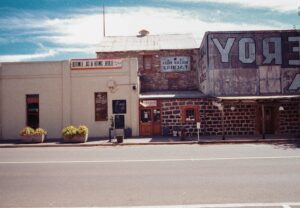













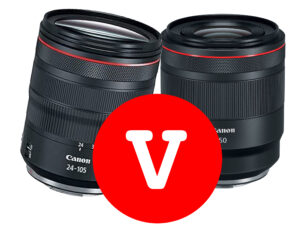

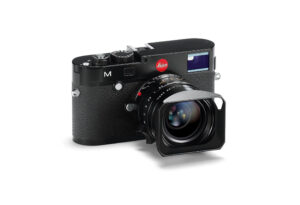


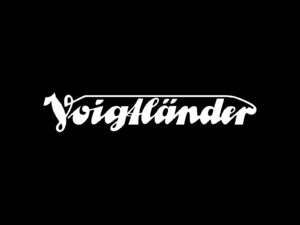
































2 Responses
Having visited the 1980 PhotoKina in Cologne, I got myself a 5-pack Ilford XP1 film, which was released at that Photokina. XP1 (currently XP2) is a black and white film that is in fact colour film. The image is not constructed of metallic silver but uses black dye clouds, just like colour film uses Red, Green and Blue colour clouds. It is developed in colour chemicals.
Printing from XP1 was super. The cloudy image had a gigantic dynamic range. Much bigger than silver metal film like FP4 or HP5. It was 400 ASA but you could just expose it as 100 ASA and still be able to make good prints. The black dye clouds would get denser but would still be partially transparent. You would hardly loose any contrast.
Do yourself a favor and try the XP2.
I’ve used Ilford FP4 since the purchase of a Pentax S1a, second hand in 1976. I still use it in my Leicaflex SL. I find that the very best results come from using it at 100 iso 21 DIN. Many factors impinge on the finished negative such as camera shake as one gets older. Using shorter lenses such as the 35mm f2.8 Elmarit – R ensures a sharper image. Using the 90 with a 2 X converter on a breezy day at 125 shutter speed is challenging. Compared to Tri-X, I find FP4 blacks to be deeper. The whites are the same. Mid-tones vary according to the subject but are accurate compared with each other. I found that FP4 works well with an orange filter for many subjects.